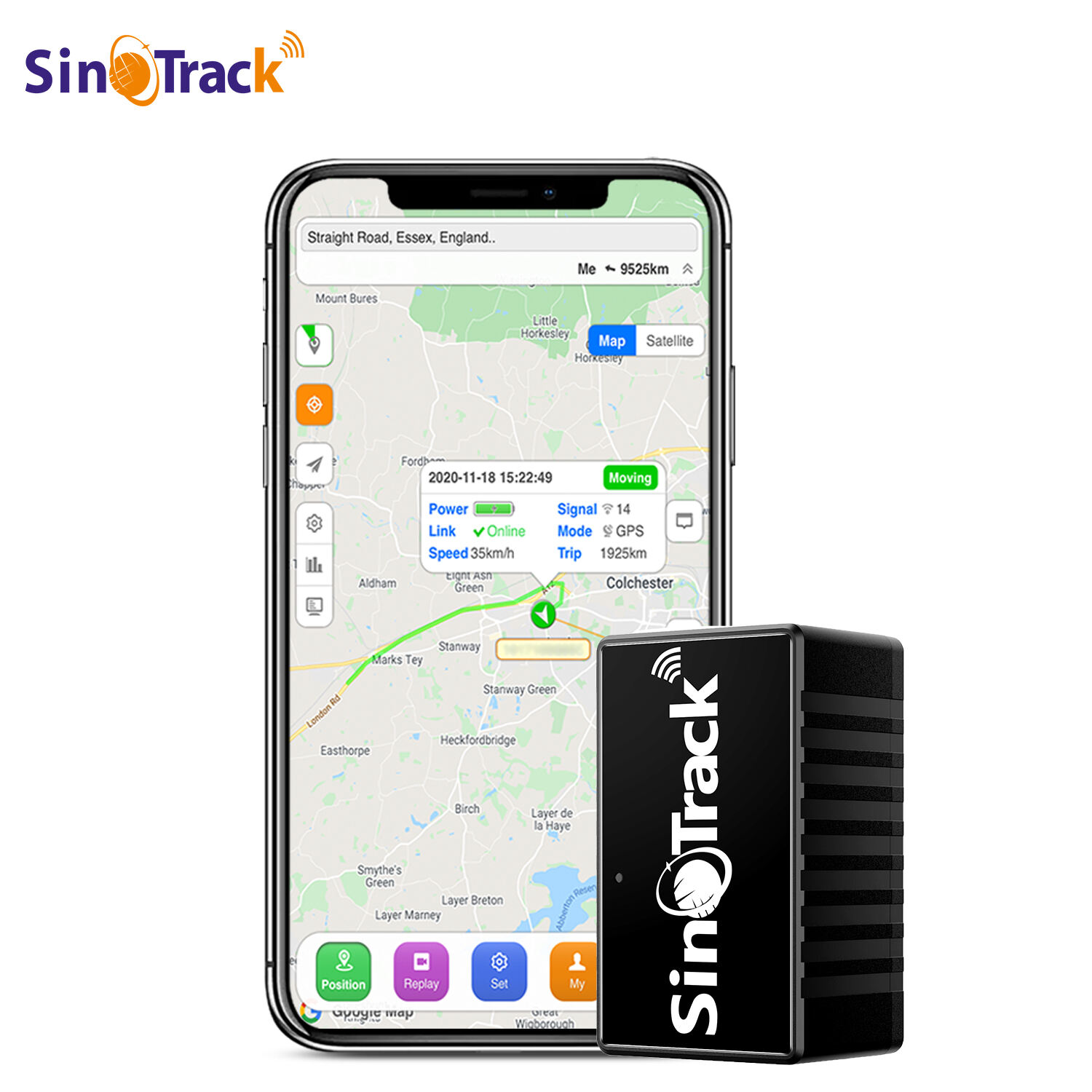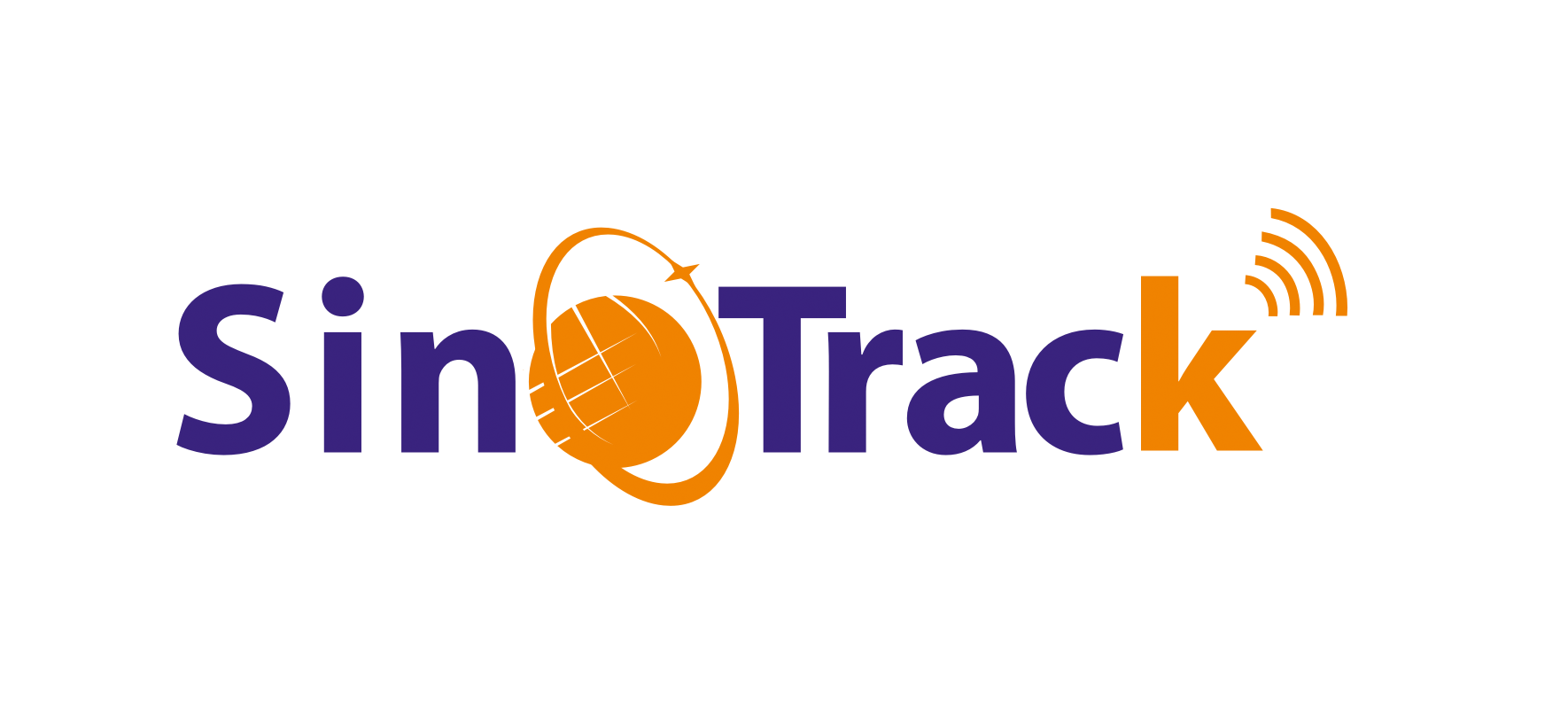Pet owners constantly worry about their furry companions wandering off or getting lost during outdoor adventures. Modern technology offers an effective solution through compact tracking devices that provide real-time location monitoring. A reliable gps tracker ensures pet safety while giving owners peace of mind, whether their animals are exploring the backyard or accompanying them on hiking trips. These innovative devices have revolutionized pet care by combining advanced satellite technology with user-friendly mobile applications.

The pet tracking industry has experienced tremendous growth as more households recognize the importance of monitoring their animals' whereabouts. Advanced tracking systems now offer features beyond basic location services, including activity monitoring, health insights, and customizable safety zones. Pet owners can receive instant notifications when their companions venture beyond designated areas, enabling quick response times during emergencies. The integration of smartphone technology has made these devices more accessible and user-friendly than ever before.
Essential Features in Modern Pet Tracking Devices
Battery Life and Charging Options
Extended battery performance represents a critical factor when selecting pet tracking equipment. Premium devices typically offer 7-14 days of continuous operation on a single charge, depending on usage patterns and environmental conditions. Rechargeable lithium-ion batteries provide optimal performance while maintaining compact device dimensions. Some manufacturers incorporate solar charging capabilities or wireless charging pads to enhance convenience for busy pet owners.
Low battery alerts ensure devices never unexpectedly lose power during crucial monitoring periods. Advanced power management systems automatically adjust transmission frequencies based on activity levels, conserving energy when pets remain stationary. Quick-charge technology allows rapid power restoration, typically reaching full capacity within 2-3 hours. Removable battery designs offer flexibility for extended outdoor excursions where charging access may be limited.
Accuracy and Range Capabilities
Precise location determination relies on multiple satellite networks, including GPS, GLONASS, and Galileo systems. High-quality tracking devices achieve accuracy within 3-5 meters under optimal conditions, providing sufficient detail for effective pet recovery. Urban environments may present challenges due to signal interference from buildings and electronic devices, requiring enhanced sensitivity features. Multi-constellation support ensures reliable performance across diverse geographical locations and weather conditions.
Coverage area considerations become particularly important for rural pet owners or those living near wilderness regions. Cellular network integration extends tracking capabilities beyond traditional satellite limitations, enabling communication in areas with limited GPS reception. Real-time updates provide immediate location information, while historical tracking data helps identify behavioral patterns and favorite locations. Emergency mode functions can increase update frequencies during critical situations.
Top-Rated Compact Tracking Solutions
Professional-Grade Monitoring Systems
Commercial-quality tracking devices offer enhanced durability and extended feature sets designed for professional pet care facilities and serious outdoor enthusiasts. These systems typically include ruggedized housings capable of withstanding harsh environmental conditions, including water immersion and extreme temperatures. Advanced encryption protocols protect sensitive location data while ensuring reliable communication between devices and monitoring platforms.
Multi-pet management capabilities allow simultaneous monitoring of multiple animals through unified dashboard interfaces. Customizable alert systems provide specific notifications for different pets based on individual behavioral patterns and safety requirements. Professional-grade devices often include integration options with veterinary management systems and pet boarding facilities. Extended warranty coverage and technical support services ensure long-term reliability and user satisfaction.
Consumer-Friendly Lightweight Options
Mainstream tracking devices prioritize ease of use and affordability while maintaining essential safety features. Streamlined mobile applications provide intuitive interfaces suitable for users with varying technical experience levels. Pre-configured settings eliminate complex setup procedures, allowing immediate deployment after device activation. Color-coded status indicators and simplified control panels enhance accessibility for elderly pet owners or families with children.
Cost-effective subscription plans make ongoing service fees manageable for budget-conscious households. Basic tracking functionality typically includes location sharing, safe zone alerts, and historical activity summaries. Lightweight designs minimize discomfort for smaller pets while maintaining adequate battery capacity for daily monitoring needs. Compatible accessories such as collar attachments and protective cases expand versatility across different pet sizes and activity levels.
Installation and Setup Procedures
Device Configuration Steps
Initial setup procedures vary depending on manufacturer specifications and chosen service plans. Most devices require account creation through dedicated mobile applications or web-based platforms before activation. SIM card installation may be necessary for cellular-enabled models, though many modern devices include pre-installed connectivity solutions. Proper device registration ensures access to customer support services and warranty coverage throughout the ownership period.
Network connectivity testing verifies proper communication between the tracking device and monitoring systems. Signal strength indicators help identify optimal attachment locations on pet collars or harnesses. Calibration procedures ensure accurate activity monitoring and location reporting based on individual pet characteristics. Firmware updates may be required during initial setup to access the latest features and security improvements.
Collar Attachment and Comfort Considerations
Secure attachment methods prevent device loss during vigorous activity or rough play sessions. Adjustable mounting systems accommodate various collar widths and materials, ensuring compatibility across different pet accessories. Padded interfaces minimize pressure points and skin irritation during extended wear periods. Breakaway features provide safety mechanisms that release devices under excessive force to prevent injury.
Weight distribution techniques help maintain pet comfort while ensuring device stability during movement. Waterproof housing protects internal components from moisture exposure during swimming, bathing, or rainy weather conditions. Regular inspection schedules help identify wear patterns and potential maintenance needs before problems develop. Proper sizing guidelines ensure optimal performance without restricting natural pet behavior or causing discomfort.
Advanced Monitoring Features
Health and Activity Tracking
Integrated sensors monitor daily activity patterns, providing valuable insights into pet health and behavior changes. Step counting functionality tracks exercise levels and helps identify potential mobility issues or illness symptoms. Sleep pattern analysis offers information about rest quality and duration, which can indicate underlying health concerns. Temperature monitoring alerts owners to environmental hazards or potential overheating during hot weather conditions.
Veterinary integration features allow sharing of collected health data with medical professionals during routine checkups or emergency visits. Trend analysis helps identify gradual changes in activity levels that might indicate aging or developing health issues. Customizable health alerts notify owners when monitored parameters fall outside normal ranges for their specific pets. Historical data compilation creates comprehensive health records useful for long-term veterinary care planning.
Emergency Response Capabilities
Panic button functionality enables manual activation of emergency protocols when pets face immediate danger or become trapped. Automatic fall detection systems recognize unusual movement patterns that may indicate accidents or medical emergencies. Geofencing violations trigger immediate notifications when pets leave designated safe areas without authorization. Emergency contact integration allows automatic notification of family members, veterinarians, or local animal control services.
Two-way communication features enable voice contact between owners and their pets during stressful situations. LED lighting systems help locate pets in low-light conditions or emergency scenarios. Sound generation capabilities can attract attention or guide pets back toward their owners during recovery efforts. Integration with local emergency services provides additional support during serious incidents requiring professional assistance.
Maintenance and Troubleshooting
Regular Care Requirements
Routine cleaning procedures maintain device functionality and prevent buildup of dirt, hair, or moisture that could interfere with sensors or charging connections. Soft brushes and mild cleaning solutions effectively remove debris without damaging protective coatings or electronic components. Regular inspection of attachment points identifies wear patterns that might compromise security or comfort. Battery performance monitoring helps predict replacement needs and prevents unexpected power failures.
Software updates ensure access to latest features, security patches, and performance improvements throughout the device lifecycle. Backup procedures protect valuable tracking data and configuration settings during system maintenance or device replacement. Storage recommendations maintain optimal battery health during periods of non-use or seasonal storage. Documentation of maintenance activities helps track device performance and identify potential warranty issues.
Common Technical Issues
Signal reception problems often result from environmental interference, device positioning, or network coverage limitations. Troubleshooting procedures include repositioning devices, checking for physical obstructions, and verifying network connectivity status. Battery drainage issues may indicate software problems, excessive usage patterns, or aging battery components requiring replacement. Connectivity failures typically resolve through network reset procedures or SIM card reseating.
Mobile application synchronization problems can prevent access to real-time tracking data and historical information. Clearing application caches, updating software versions, and verifying account credentials typically restore normal operation. Device reset procedures return units to factory settings when persistent issues prevent normal functionality. Manufacturer support services provide technical assistance for complex problems requiring specialized knowledge or replacement components.
FAQ
How accurate are pet tracking devices in urban environments?
Most quality gps tracker devices achieve 3-5 meter accuracy in urban settings, though tall buildings and electronic interference can occasionally affect precision. Multi-constellation satellite support and cellular network integration help maintain reliable tracking even in challenging environments. Advanced algorithms compensate for signal bounce and interference common in dense urban areas.
What is the typical battery life for compact pet trackers?
Battery performance varies significantly based on device settings, usage patterns, and environmental conditions. Most quality devices provide 7-14 days of continuous operation under normal conditions. Power-saving modes can extend battery life up to several weeks, while high-frequency tracking may reduce operation time to 2-3 days. Regular charging schedules ensure consistent monitoring capability.
Can multiple pets be monitored through a single application?
Yes, most modern tracking platforms support multiple device management through unified dashboard interfaces. Pet owners can assign individual names, photos, and custom settings for each tracked animal. Separate alert configurations allow personalized notifications based on each pet's specific needs and behavioral patterns. Group tracking features enable simultaneous monitoring during family outings or multi-pet activities.
Are pet tracking devices waterproof enough for swimming activities?
Many professional-grade pet trackers feature IPX7 or IPX8 waterproof ratings suitable for swimming, bathing, and exposure to rain or snow. However, prolonged submersion in salt water may cause damage to electronic components over time. Rinse devices with fresh water after ocean swimming and ensure proper drying before charging. Check manufacturer specifications for specific water resistance capabilities and depth limitations.

